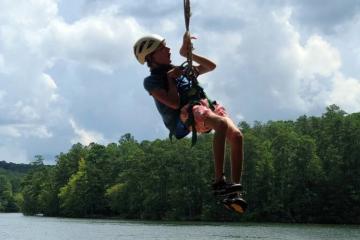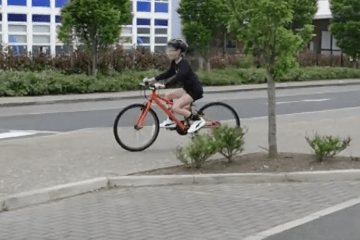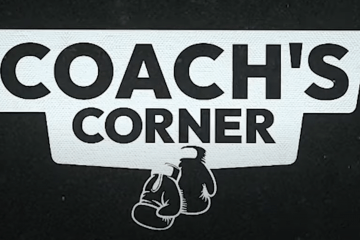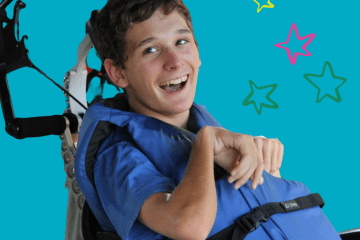RaceRunning training improves stamina and promotes skeletal muscle hypertrophy in young individuals with cerebral palsy
There are widely established benefits to exercise in children and adolescents including cardiovascular and musculoskeletal as well as academic and mental health benefits for children of all ability levels.
These benefits are also clear in regards to physical activity for persons with disabilities and the American Academy of Pediatrics has recently released a policy related to this where they emphasize the importance of exercise for all patients, regardless of ability level. For conditions such as cerebral palsy (CP), an initial and non-progressive injury to the developing brain may still cause secondary cardiovascular consequences due to lack of movement and physical activity.
The purpose of this study was to pilot an intervention of a sport-based youth development program modified for accessibility for children and adolescents with movement challenges, with the goal of community-based running participation using running frames. Additionally, to investigate the feasibility of offering such a program using a variety of formats, and to evaluate initial evidence for its efficacy on endurance and functional strength. A total of 13 athletes participated in the program, with 22 season blocks in total.
The study demonstrates that several modes of intervention administration are feasible and can be tailored to individuals, teams, or communities for maximal impact.
"Our cohort confirmed that they liked to exercise, and needed appropriate outlets to do so. Supportive relationships and service availability are key factors in community participation."






